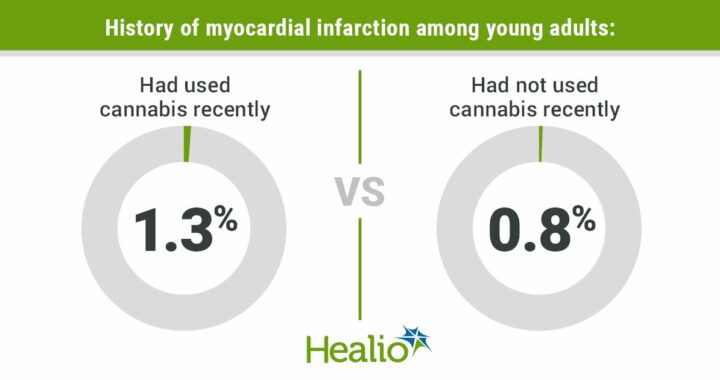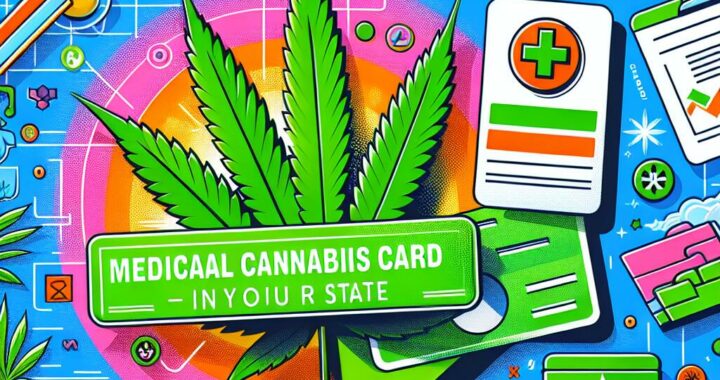Letter to the Editor: Weed through the inconsistencies of medical marijuana
3 min read
Artwork from Owensboro Times
In the summer of 2018, I was a fourth-year pharmacy student searching my surgical patients’ drug lists at Owensboro Health Regional Hospital when I noticed a common theme on the drug lists: medical marijuana. I started researching CBD vs. THC and the advancement of legalizing marijuana for recreational and medicinal purposes. The results worried me. However, I quickly moved on to the next rotation and put it in the back of my head.
Fast forward to the end of 2019. The subject of marijuana legalization was brought up in my Introduction to Public Order course in my MPH program, and I felt compelled to research medical marijuana again. I wrote a policy memo of my researched concerns, filed the assignment, and proceeded to the next quarter of the program, filing my concerns as before.
A product in my pharmacy reminded me of the unsettling feeling I had years ago, and I went online to check for advances in medical marijuana. I discovered that some researchers and medical providers have found that people are still buying products that they believe are THC-free, but many of those products contain significant amounts of THC. I was disappointed to learn that many of my concerns had not changed over the years and that my colleagues saw and voiced similar concerns.
America is politically, medically, religiously, and individually fragmented on the various issues surrounding marijuana, with conflicting information at the foundation. It is important to note that marijuana is a complex plant with over 500 known components, and its two main and most studied components are THC and CBD. The effectiveness of marijuana is based on its concentration of THC, the main component that causes most of the side effects.
There are three categories of medical marijuana laws: loose medical, restricted access, and non-THC. In the case of loose medical treatment, a patient’s prescriber must consider that medical marijuana use is necessary and the patient’s access should be readily available. With restricted access, a patient would either be restricted to certain types of medical marijuana products available, meet certain qualification criteria such as a particular disease, or in some cases qualify for both. Under non-THC laws, which are the most restrictive, available products for a specific list of qualified diseases must have little to no THC with high levels of CBD.
I’m concerned that the THC: CBD ratios in some formulations have changed from a ratio of 14: 1 in the mid-1990s to almost 6 times the ratio of 80: 1 today. Studies show that a THC: CBD ratio of 1: 1 is best for improved medical benefits and a reduced chance of side effects. This is not always the case with medical marijuana, which is “recommended” or “recommended” (not “prescribed”) to patients. This carries the risk that patients may not get the desired health outcomes or may experience side effects. Although caregivers (people who grow or sell medical marijuana) at local or state levels may have restrictions on the amount a patient can receive, there are still many places where pharmacy regulation is lacking.
As a pharmacist, I’ve seen these products benefit many of my patients and I always want their drugs to work for them. Granted, pharmacies offer a much-needed service. So if there was a collaboration to ensure that products are always safe and effective for the patient, that would be much more reassuring to me. I believe that we, the people, should push for a minimum regulation of federal pharmacies to safely monitor the consistency of medical-only marijuana dispensed in each state. In addition, a Federal Drug Enforcement Administration (DEA) guideline could better regulate medical marijuana providers and consumers. Finally, providers, pharmacists, and researchers should come together to develop recommendation or referral guidelines for approved medical indications.
Fast forward to today. This is a vision for the future that I can keep in mind.
Written by Candace Olusola, Pharm.D., MPH
Community Pharmacy Health Results Pharmacists








 Protected by Patchstack
Protected by Patchstack